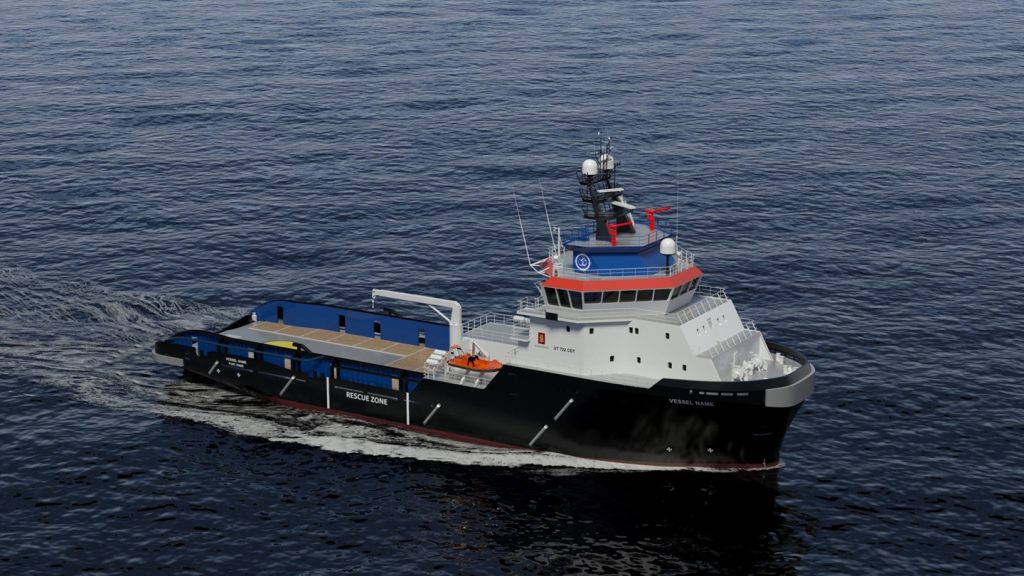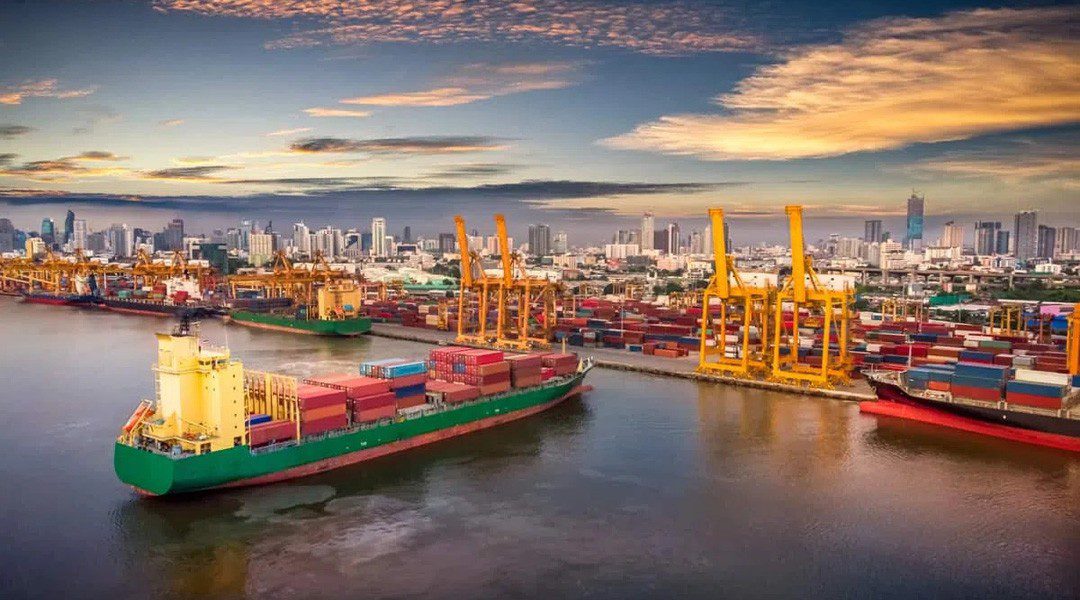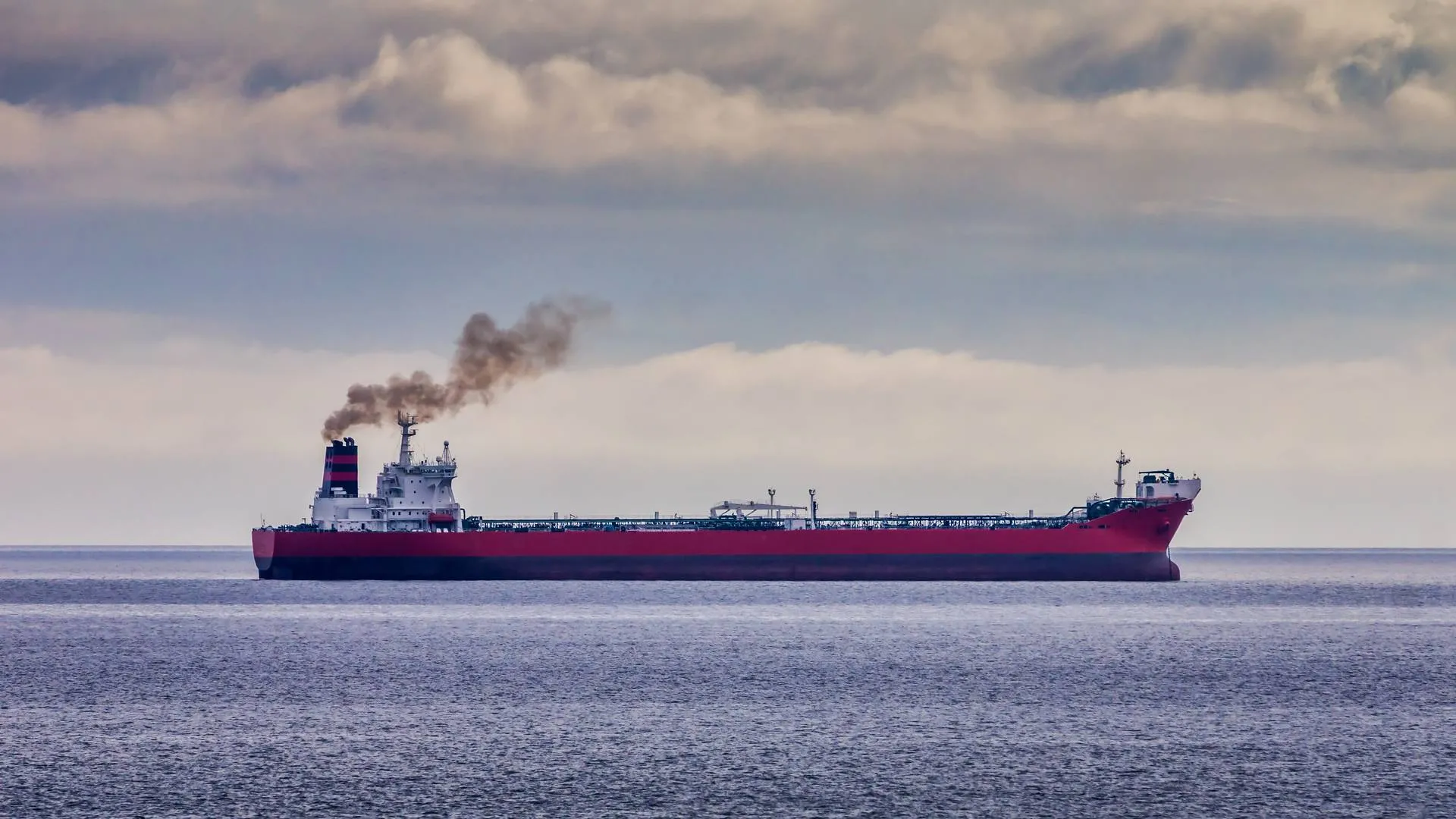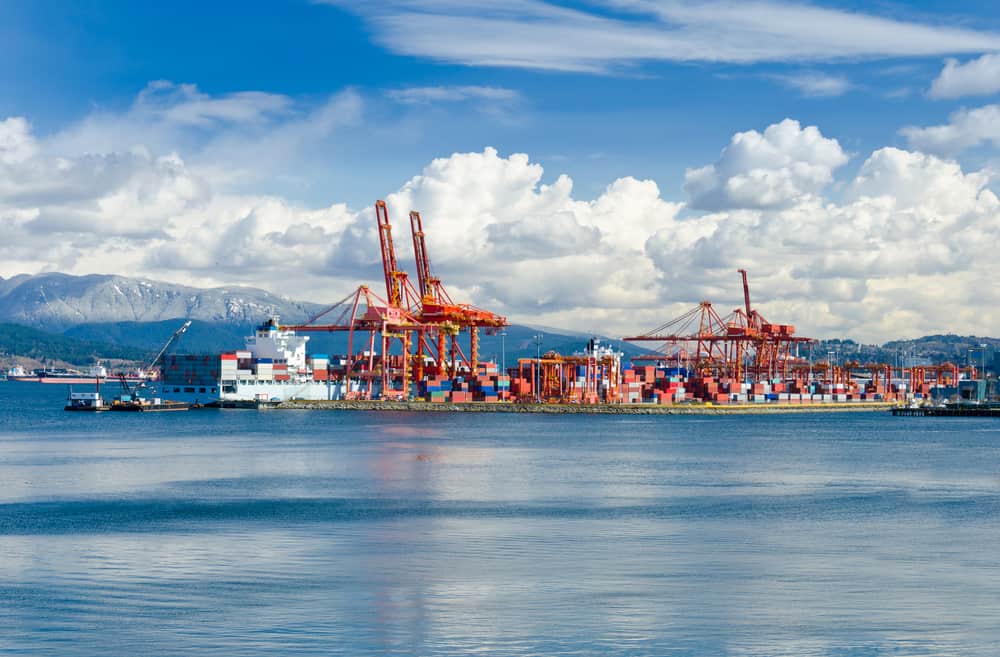The Beacon is DCN’s new series of articles that take a closer look at key topics and themes for maritime logistics, both in Australia and further afield. In the first article of this series, DCN writer Connor Pearce takes a closer look at the history and current state of play at Glebe Island.
WHAT do sugar importers, the housing industry and the Sydney New Year’s Eve fireworks have in common?
All require Sydney’s last commercial deepwater port to survive and are part of the fight to save it from being turned into apartments.
The future of Glebe Island, located just to the west of the Sydney CBD, has been the focus of intense speculation for the last 12 months, as the New South Wales government seeks a solution to the city’s housing woes.
But in the past week, a new proposal has emerged which seeks to forge a compromise and retain the last port in Sydney harbour.
‘A broad church’ forms
Container crane at Glebe Island, 1976. Image: Graeme Andrews
Working Harbour Photograph Collection, City of Sydney Archives
But after a plan for 25,000 new homes at a racetrack in Sydney’s west fell through, NSW Premier Chris Minns has been looking for a Plan B.
Glebe Island fit the bill; a brownfield site, close to the CBD and adjacent to a new underground metro station.
A report by former NSW Treasury secretary Michael Schur went to cabinet last November and indicated the site had a capacity for nearly 6000 homes, on the condition the port stops operating.
This galvanised a “broad church” to make the case for the critical need to retain the port.
Coordinated by Business Sydney and the Tourism & Transport Forum, more than 20 peak bodies, companies and associations coalesced as Sydney’s Working Port Coalition. Members not only include the cruise industry, shipping and maritime services, but also the construction industry, which relies upon the port for imports of gypsum and cement.
A submission from the Port Authority of NSW identified construction prices increasing by 50 per cent if bulk material imports were diverted to Port Kembla or Newcastle, making the closure of Glebe Island counterproductive for the exact issue the Minns government is trying to solve; Sydney’s ever increasing house prices.
As CEO of the Tourism & Transport Forum (TTF), Margy Osmond explained, the uses of the port were not front and centre to the bureaucrats, politicians and planners scrambling to find a site for thousands of homes.
“It was really about lifting the knowledge level about how critical that port is and the wider impact,” Ms Osmond said.
“Once it’s gone, it’s gone, and not only will it be gone, the land will never come back.”
Last port in the harbour city
Tucked beneath the ANZAC Bridge and cut off from the surrounding suburbs of Rozelle, Balmain and Pyrmont, Glebe Island and White Bay had been largely left to its own devices as Sydney’s insatiable appetite for development regurgitated productive ports into waterfront apartments.
Dock Express 12 at Glebe Island.
Image: Graeme Andrews
Working Harbour Photograph Collection, City of Sydney Archives
But the precinct has been essential to Sydney’s modern maritime history.
The city’s first container terminals were constructed here in the late 1960s and early 1970s as containerisation swept the globe. In 1979, the two terminals on either side of White Bay were handling upwards of 100,000 TEUs.
As Botany began to absorb more of the container trade from the 1980s onwards, the deepwater berths played a more significant role in handling bulk commodities that could no longer be unloaded in Darling Harbour, Pyrmont and Barangaroo as these precincts were redeveloped for tourism and housing.
In the 21st century, Glebe Island also handled the import of cars, before this moved to Port Kembla in 2008 followed by the White Bay Cruise Terminal, opened in 2013 to accommodate the popularity of Sydney as a cruise port.
These and a myriad of other uses captured in the make-up of the working port coalition have contributed to Glebe Island’s status as a productive, and critical part of Sydney’s logistics network, but one that was not always visible to casual observers.
Time to ‘get real’
In August, when Mr Minns announced the government would complete the Woollahra ghost station in the city’s east, opening up the possibility of 10,000 new homes, the port coalition could breathe a sigh of relief, but it’s clear to all players that the current arrangements will not last.
Former NSW government architect Chris Johnson said the Glebe Island site has been “pretty empty” for a long time.
When he was CEO of development group Urban Taskforce, Mr Johnson had floated an idea of redeveloping the hardstand area to the east of the site, while retaining the bulk commodity import facilities at the west end of White Bay.
This proposal resurfaced in the Sydney press in September.
“My approach was to say, we need to reactivate this, and the reason I picked this up recently is that the Metro West proposal has a new station at the Bays precinct,” Mr Johnson said.
“If the whole of Glebe Island is only used for shipping then this Metro Station isn’t going to get much usage.”
Margy Osmond, CEO of Tourism and Transport Forum. Image: Supplied
Ms Osmond said the Working Port Coalition recognised the need for housing adjacent to the station, and earlier this month released its own proposal of how to fit around 3000 new homes while operating a “hybrid port” model, successful in the UK and Europe.
A NSW government spokesperson was tight lipped on what’s next for the site, telling DCN that the port “will play a very important role in Sydney’s future”.
“A government review of Glebe Island Port is currently underway,” the spokesperson said.
“The NSW Government will have more to say when the review is complete.”
Ms Osmond said there had been positive discussions between port users and the government and expected a decision before the end of the year.
“The government has been willing to listen.
“What’s critical now is the next stage and getting real about what will actually happen on that site,” she said.
“Key operators need to start getting certainty, they can’t keep wondering what will happen.”




